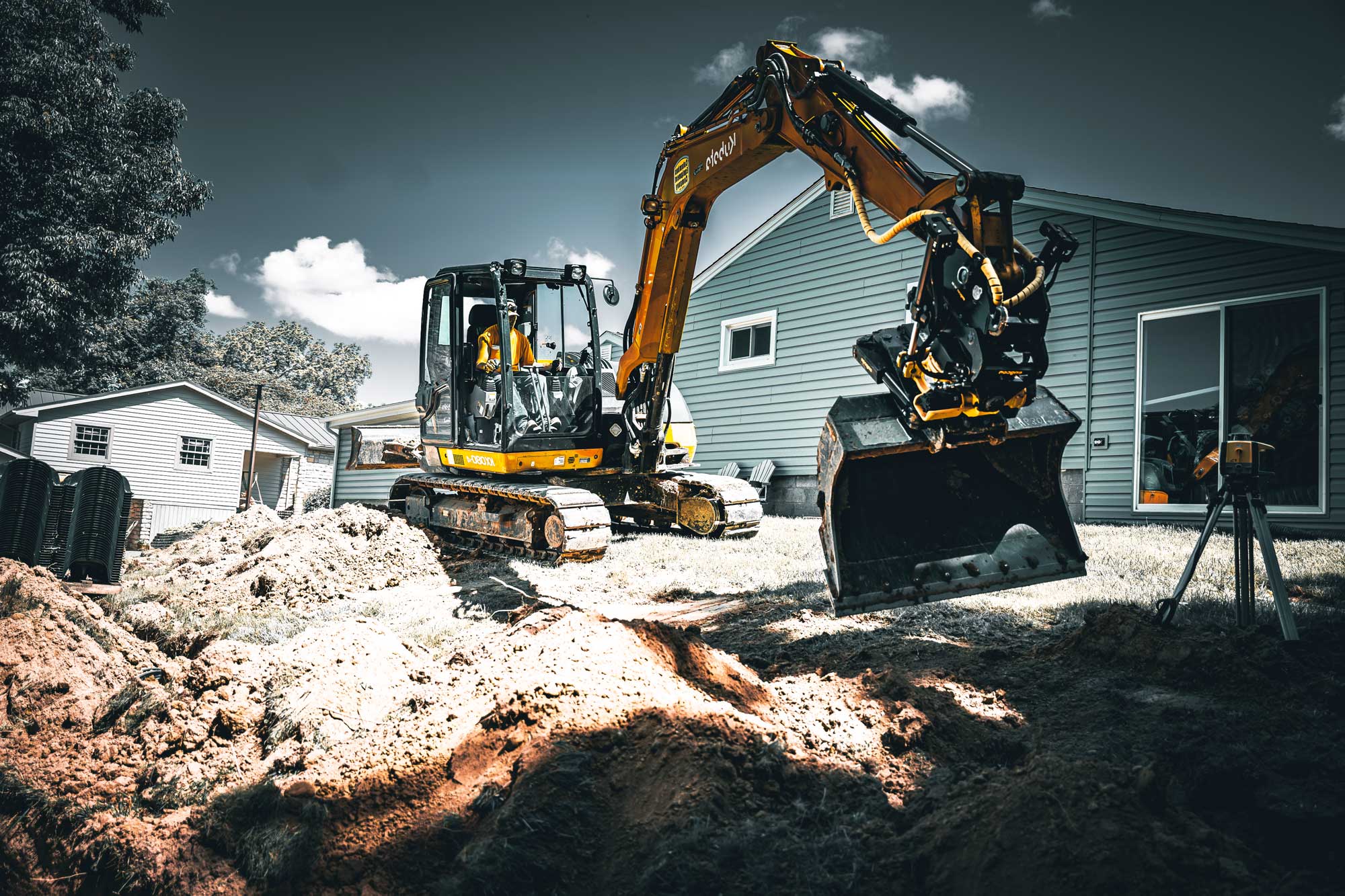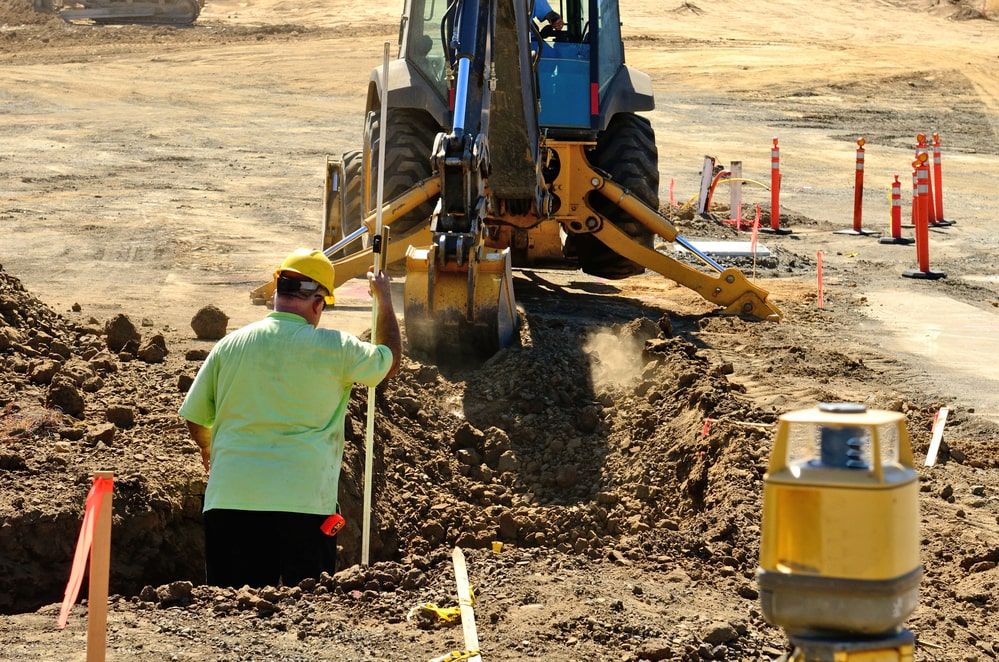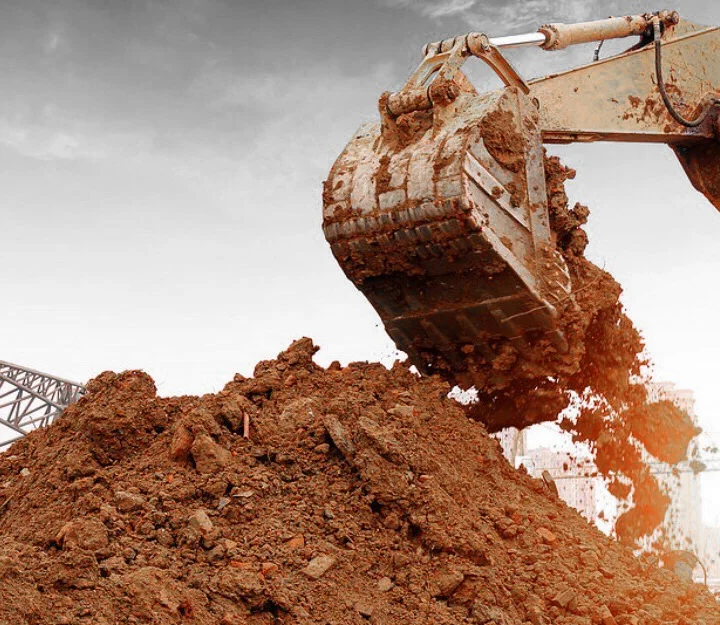Septic Ohio - Comprehensive Septic System Solutions in Ohio
Septic Ohio - Comprehensive Septic System Solutions in Ohio
Blog Article
Revealing the Art of Excavation: Pro Tips for Safe and Effective Excavating
As soil is turned and planet is moved, the intricacies of excavation disclose themselves, requiring an eager understanding of equipment, dirt make-up, security protocols, and ecological considerations. The proficiency required to navigate these elements efficiently can imply the difference in between an effective excavation task and a potential catastrophe.
Relevance of Proper Equipment
To ensure the safety and security and effectiveness of any kind of excavation job, making use of the ideal devices is vital. Excavation tasks vary in range and intricacy, ranging from little property landscape design jobs to large-scale building and construction undertakings.
Excavators are essential items of equipment in any excavating operation. These flexible equipments been available in numerous sizes to suit various task requirements. Miniature excavators are optimal for smaller sized tasks, while bigger excavators tackle much more extensive jobs successfully. Backhoes are another crucial tools type, incorporating the features of a loader and an excavator in one maker. They are valuable for jobs requiring flexibility and ability to move.
Aside from excavators, various other critical devices includes dump trucks, plates, and bulldozers. Dump vehicles are essential for getting rid of and moving excavated products, while trenchers are utilized for excavating deep and narrow trenches. Excavators master jobs that require pressing large quantities of soil or debris. By spending in the appropriate tools, excavation projects can be finished safely, promptly, and with accuracy.
Understanding Soil Make-up
A detailed understanding of dirt composition is essential for implementing excavation projects with precision and security. Recognizing the different kinds of soil is important as it straight influences excavation methods, devices option, and overall job performance. Dirt composition commonly consists of 4 main elements: sand, silt, clay, and raw material. Each part has distinct homes that affect how soil responds to excavation processes.
Silt fragments are smaller than sand but bigger than clay, providing moderate drain and cohesion. Organic issue, such as rotting plant material, impacts dirt fertility and security.
Before beginning excavation, carrying out dirt tests to determine its make-up and attributes is crucial. This info helps in choosing the suitable equipment, implementing safety steps, and developing excavation approaches tailored to the particular soil conditions - lancaster trenching. By recognizing soil composition, excavation specialists can boost task outcomes while ensuring safety and adherence to best techniques
Precaution and Methods
Recognizing soil composition is the keystone upon which security steps and protocols for excavation jobs are developed, guaranteeing the well-being of workers and the success of the endeavor. When it pertains to safety during excavation, there are numerous vital procedures that need to be carried out to reduce risks and stop mishaps.
Most importantly, prior to any kind of excavating commences, a thorough assessment of the website need to be conducted to determine any possible hazards such as below ground utilities, unstable dirt problems, or nearby structures that might present a threat. It is essential to have an experienced individual oversee the excavation procedure to make certain that all security protocols are complied with purely.
Furthermore, all workers included in the excavation must be correctly educated in safe excavating practices and the correct procedure of visit site devices. By sticking to these safety measures and procedures, excavation projects can be completed effectively and without event.
Efficient Excavation Planning
When beginning on an excavation task, thorough preparation is vital to guarantee effectiveness, security, and effective outcomes. Efficient excavation planning includes numerous vital steps that are crucial for the smooth execution of the task. The initial step is to carry out an extensive website assessment to recognize any potential hazards, such as underground utilities or unsteady dirt conditions. This details is crucial for establishing a detailed excavation plan that includes precaution and take the chance of mitigation approaches.
When the site evaluation is full, the following step is to develop a clear timeline and routine for the excavation activities. This consists of determining the sequence of tasks, devices demands, and workforce allotment. Correct organizing helps prevent hold-ups and ensures that the project stays on track.

Furthermore, interaction among all staff member is critical during the planning stage. Clear instructions, normal updates, and reliable control are crucial for a successful excavation job. By investing effort and time in precise preparation, excavation groups can considerably enhance performance, minimize threats, and attain effective outcomes.

Handling Ecological Factors To Consider
With enhancing emphasis on ecological sustainability in building and construction techniques, handling ecological considerations has ended up being a crucial facet of excavation jobs. Excavation activities have the possible to affect the surrounding environment through dirt erosion, sediment runoff, habitat disturbance, and contamination of water sources. To minimize these threats, it is vital to carry out finest techniques that focus on ecological security.

Moreover, appropriate waste management is important to stop dirt and water contamination. Implementing treatments for the disposal of dangerous products, recycling of waste products, and minimizing making use of harmful chemicals can considerably reduce the ecological influence of excavation projects. By integrating these practices into excavation planning and implementation, visit building and construction business can ensure that their projects are not just risk-free and efficient however also ecologically accountable.
Conclusion
To conclude, mastering the art of excavation needs a comprehensive understanding of appropriate devices, soil composition, safety and security measures, and effective preparation. By complying with these guidelines and thinking about environmental factors, excavations can be performed click to find out more securely and effectively. It is vital to prioritize security and performance in every digging job to make sure effective outcomes.
As soil is turned and planet is moved, the intricacies of excavation expose themselves, demanding an eager understanding of equipment, dirt make-up, safety procedures, and environmental factors to consider.To make certain the safety and effectiveness of any excavation job, using the appropriate tools is vital.A detailed understanding of dirt structure is fundamental for carrying out excavation projects with precision and safety and security. Understanding the different kinds of dirt is vital as it straight impacts excavation techniques, devices choice, and overall task effectiveness. By recognizing dirt make-up, excavation experts can boost job results while ensuring safety and security and adherence to ideal techniques.
Report this page